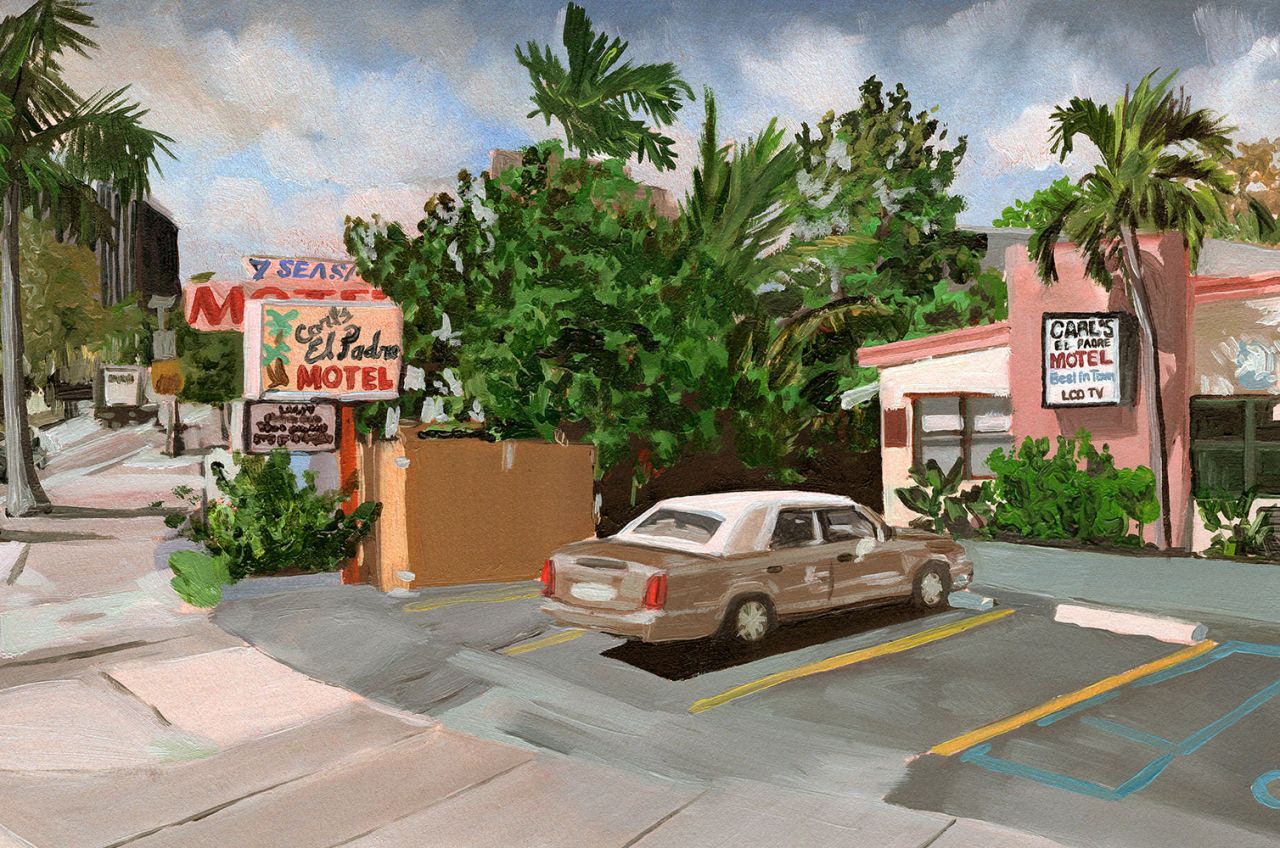Storytelling Through Memory Art: Capturing Moments Creatively
In the realm of professional photography, the ability to tell a story is an essential talent. For photographers who excel in this craft, storytelling through memory art offers a distinctive method to capture and express emotions, experiences, and narratives. By blending personal insights with universal themes, photographers can produce artwork that strikes a chord with viewers.
The idea of storytelling through memory art encompasses the combination of images that stir up memories and emotions. This technique transcends the mere documentation of a scene; it focuses on constructing a visual narrative that connects with the audience on a profound level. Whether it's through a sequence of photos or a singular, impactful image, the intention is to narrate a story that is both significant and unforgettable.

The Influence of Visual Storytelling in Photography
Visual storytelling is an impactful asset for photographers. It empowers them to articulate intricate concepts and feelings without relying on text. Through composition, lighting, and subject choice, photographers can craft images that convey deep meanings. This storytelling method is especially potent in memory art, where the aim is to evoke feelings of nostalgia or yearning.
Professionals in photography recognize the significance of visual storytelling. They understand that a skillfully composed image can narrate a story in ways words often cannot. By leveraging their expertise to produce engaging narratives, photographers can forge a connection with their audience that feels personal. This bond amplifies the potency of memory art.
Methods for Capturing Memories Through Art
Photographers have various methods at their disposal to encapsulate memories through art. One effective approach is to center their work around personal experiences and emotions. By reflecting on their memories and sentiments, photographers can create pieces that feel genuine and relatable. This personal touch enhances the engagement factor of memory art.
Another method involves the use of symbolism and metaphor. By integrating symbolic aspects into their photographs, photographers can infuse their work with extra layers of meaning and depth. This strategy enables them to narrate a story in a more abstract manner, prompting viewers to derive their interpretations of the images.
Integrating Memory Art into Your Photography
For photographers aiming to blend memory art into their creations, several strategies can be useful. One tactic is to assemble a series of images that together tell a cohesive story. This could involve capturing a specific event or a more conceptual exploration of a theme. By organizing images in a series, photographers can foster a narrative that gradually unfolds.
Another approach is to highlight the details. By concentrating on small, seemingly mundane moments, photographers can produce images that evoke nostalgia and personal memory. This method requires a discerning eye for nuance and a readiness to adopt fresh perspectives. For tips on creating engaging visual narratives, you might want to check out resources like hanging big wall art or artistic travel storytelling.
Additionally, exploring different artists' works can ignite your creative spark. Websites like iCanvas present a variety of memory art pieces that can inspire new ideas.
The Emotional Impact of Memory Art on Viewers
One of the most striking features of memory art is its power to emotionally resonate with viewers. By crafting images that relate to personal emotions and experiences, photographers can invoke strong feelings in their audience. This emotional tie is what makes memory art especially compelling.
Furthermore, memory art has the potential to inspire and challenge thought. By showcasing images that question viewers' perceptions and assumptions, photographers can stimulate deeper reflection and dialogue. This thought-provoking nature distinguishes memory art from other styles of visual storytelling.
FAQs
-
What is memory art in photography?
Memory art in photography refers to the practice of creating images that evoke memories and emotions. It represents a form of visual storytelling that transcends simple scene documentation, instead weaving together narratives that are both poignant and memorable. -
How can professional photographers incorporate memory art into their work?
Professional photographers can introduce memory art into their creations by emphasizing personal experiences, utilizing symbolism, and capturing detailed, intimate moments. These techniques enhance the emotional resonance of their images. -
Why is storytelling important in photography?
Storytelling is crucial in photography as it enables photographers to convey complex emotions and ideas without saying a word. By producing compelling narratives, photographers deepen their connection with the audience, making their work more impactful.

Conclusion
The power of storytelling through memory art is an invaluable resource for professional photographers. By crafting images that evoke deep emotions and memories, they can narrate stories that resonate strongly with their audience. Through personal experiences, symbolic elements, or intimate details, memory art provides a unique avenue for telling stories that are both impactful and unforgettable. As photographers continue to explore this creative medium, they will undoubtedly uncover fresh approaches to capturing and sharing the essence of memory in their artistry.

